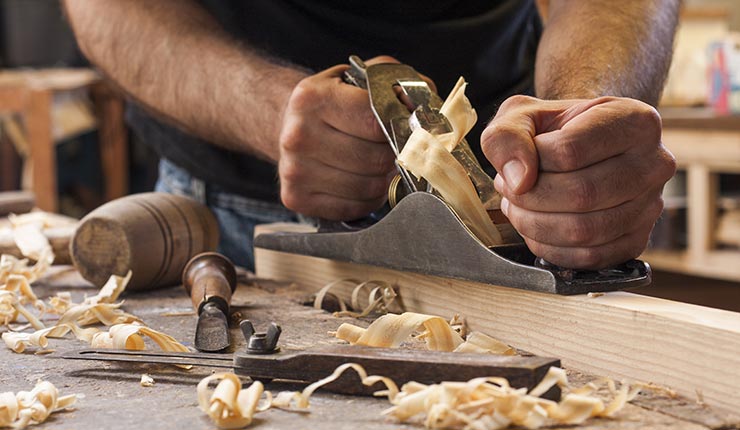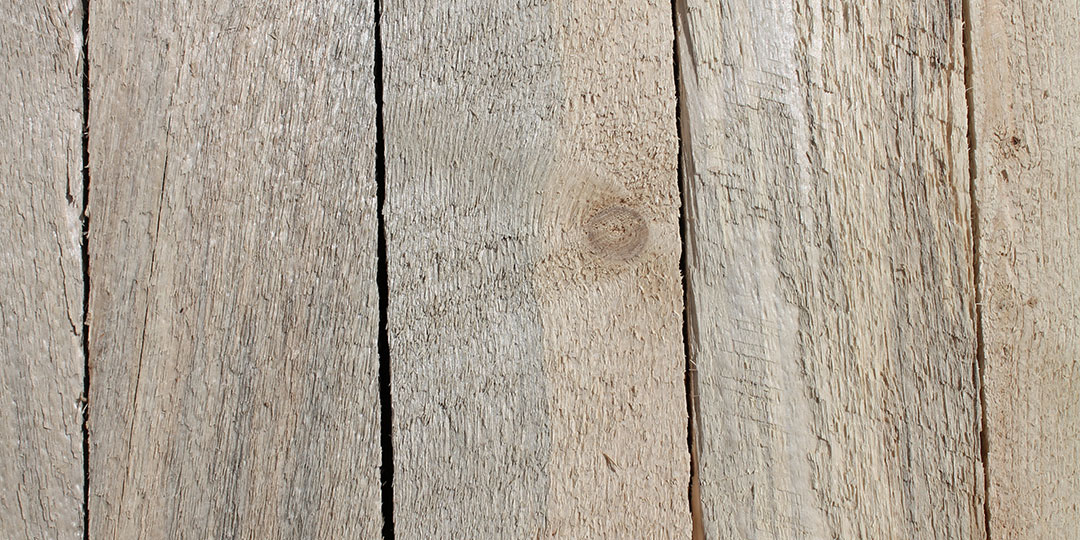
Before you apply a finishing coat to your wood project you need to sand it as smoothly as possible. While there are many different methods, there is no one best way to sand hardwood. This article will cover a variety of methods such as a random-orbit or belt sander and a pumice rock. These are some of most commonly used methods. Find out more about each of them by reading on.
Use a random orbit sander
Random-orbit sanders perform better than belt or belt sanders in sanding hardwood because they have different pressure levels and speed. You will get a smoother finish if you use them correctly. These tools require you to be careful and constantly move them along the surface. A bad use can cause severe abrasions, which will make smoothing the surface more difficult.

Using a belt sander
A belt sander is an efficient tool for sanding wood. Each pass creates smaller scratches. A sandpaper's level of grit determines the depth of a scratch. Gritty scratches can be removed in minutes with sandpapers that have sixty- or eighty grit. It can take hours to sand deep scratches.
A pumice stone is used
A pumice stone is an excellent option for sanding wooden surfaces. It is a natural rock that can be found in many grits. This natural rock is inexpensive and can be used to quickly remove scratches and dents from wood. However, it is not recommended for fine finishes. Make sure you soak the stone in water before starting sanding. This will keep it from getting clogged.
A hand planer is a tool that can be used to make small, precise cuts.
A hand planer can create a smooth surface in half the time that a belt sander takes. The planer's blades cut the wood in a continuous fashion. A planer doesn't require as much concentration to create a smooth surface. The hand planes might not be as efficient at removing bulk. You will need experience in order to avoid tearout. Jack Planers are a good first choice for beginners and can do both bulk removal and smooth shavings.

Using steel wool
When using a steel wool sander, it's best to start with a small area. It's best to not overdo the work and end up with an uneven result. Mineral spirits can also be used to clean wooden surfaces. When the mineral spirits is applied to the cloth, it will change color and gradually brighten. The steel wool can be cleaned by changing the cloth's surface.
FAQ
Can you teach yourself woodworking?
You can learn everything best by doing. Woodworking is an art form that requires patience, practice, skill, and experience. Every craft takes practice and patience.
The best way to learn how to do something is actually to do it. Start small and learn from your mistakes.
What is the average time it takes to finish furniture?
It depends on the type of wood you choose, the complexity of the design, and the amount of finishing you apply. Hardwoods, for example, require more maintenance than softwoods. Hardwoods tend to be more expensive that softwoods. They are more durable and can withstand moisture better. It takes between one and three months to finish a piece.
How do I identify the type of wood that I am dealing with?
Always inspect the label when buying wood. The label should contain information about the wood species, its moisture content, and whether it has been treated with preservatives.
Is it necessary to be a genius in woodworking to succeed?
No. Woodworking is not rocket science. Anyone can learn to use basic powertools and techniques to create beautiful work of art.
How does a beginner woodworker earn money?
Many people want to open an online furniture business and are learning how to build it. But if you're just getting started building furniture, there are other ways to earn money besides selling on Etsy. Sell at craft fairs or other local events. Or you could offer workshops for others who want to learn how to build their own furniture. Consider offering your services if you have previous experience as a builder or carpenter.
Statistics
- Overall employment of woodworkers is projected to grow 8 percent from 2020 to 2030, about as fast as the average for all occupations. (bls.gov)
- Woodworkers on the lower end of that spectrum, the bottom 10% to be exact, make roughly $24,000 a year, while the top 10% makes $108,000. (zippia.com)
- The U.S. Bureau of Labor Statistics (BLS) estimates that the number of jobs for woodworkers will decline by 4% between 2019 and 2029. (indeed.com)
- In 2014, there were just over 237,000 jobs for all woodworkers, with other wood product manufacturing employing 23 percent; wood kitchen cabinets and countertop manufacturing employing 21 percent. (theartcareerproject.com)
External Links
How To
How to join hardwood without using nails
Woodworking is a hobby that many people enjoy doing. Woodworking can be a fun hobby because you can work with your hands to make useful objects from wood. However, there are times when you want to join two pieces of wood together without having to use nails. This article will teach you how to do this to keep your woodwork projects looking great.
First, remove any sharp edges from the wood pieces before you join them. Avoid leaving sharp edges that could lead to problems later. After you have completed this step, you are ready to glue your boards together.
If you're working with hardwood, you should only apply glue to one side. If you're using softwoods like pine or cedar, you should put glue on both sides. Press the boards down until the glue is fully incorporated. Before you proceed to the next step, be sure to let the glue dry completely.
After you glue your boards together, drill holes at the joints where screws will be inserted. Depending on the type of screw that you use, the size of these holes will vary. For example, if your screw is a 1/2-inch wooden screw, drill a hole that is at minimum 3/4 inches deep.
Once you have drilled your holes you will need to drive the screws through each joint and into the backside. Avoid hitting the board's top surface. Otherwise, you could ruin the finish. Don't drive the screws too far into the end. This will prevent the wood from splitting.
After your project is completed, you will need to protect it from the weather. You have two options: seal the whole furniture piece or just the top. Either way, you'll want to use a product that will last for years to come. Some examples include oil-based varnishes, polyurethane, shellac, lacquer, etc.
You can find these products at most home improvement stores. Be sure to choose the right one for your project. Some finishes are toxic and should not ever be used indoors. When handling certain finishes, wear protective gear.